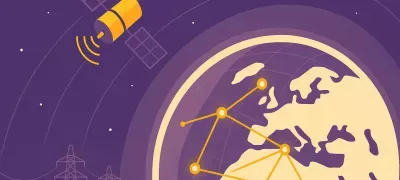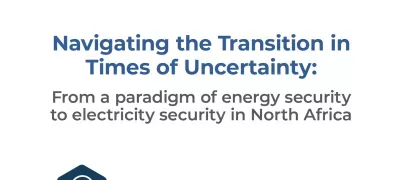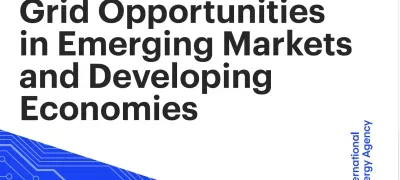
To achieve Sustainable Development Goal 7 (SDG 7), 930 million people will have to obtain an electricity connection between 2022 and 2030 (IEA 2021). In 2020, the global electrification rate reached 91 percent, with the number of people without access dropping to around 733 million—compared with around 1 billion people in 2016 and 1.2 billion in 2010 (IEA, World Bank, and others 2022). Nonetheless, the pace of electrification has slowed in recent years. Between 2010 and 2018, an average of 130 million people gained access to electricity annually. From 2018 to 2020, this number shrank to 109 million per year. While the slowdown is attributed in part to the difficulties in reaching the remotest and most vulnerable populations, it was compounded by the devastating effects of the COVID-19 pandemic. If current policies and efforts are not ramped up, only 260 million people are anticipated to be electrified between now and 2030 (IEA 2021), and an estimated 670 million people are projected to remain without access, with 9 out of 10 of them likely to live in Sub-Saharan Africa (IEA, World Bank, and others 2022).
In Sub-Saharan Africa, nearly 291,000 population clusters have profiles favoring the deployment of solar mini grids. That is, they are located more than 1km from the existing grid network and have a population density (>1,000 people/km2) that favors decentralized system deployment. More specifically, analysis conducted internally by the World Bank team—based on spatial distribution of digitalized settlements (GRID3, CIESIN), grid network (Arderne C. et al—GridFinder) and population (WorldPop) over the region—shows that more than 177,000 settlements have a population of 100 to 500 people. These settlements could be powered by smaller solar mini grids of up to 20 kilowatts (kW) each. Nearly 96,000 settlements, each with populations of 500 to 2,500 people, could be powered by medium-sized solar mini grids of up to 80 kW. The larger solar mini grids, up to 200 kW, could power more than 15,000 settlements, each with 2,500 to 10,000 residents. Finally, for nearly 3,000 settlements, each with 10,000 to 100,000 people, custom sizing of mini grids might be more suitable.
Internal analysis by the World Bank team based on Multi-Tier Framework (MTF) data suggests that users in these load centers spend on average $5–$20 per month on alternative forms of energy such as candles, kerosene, dry-cell batteries, car batteries, and petrol and diesel fuel for stand-alone gensets. The introduction of innovative technologies in the marketplace (like solar home systems or mobile phones) has taught us that these new solutions need to be more than a little better than the current alternative. They need to be much better. Why else would consumers take the risk of changing their behaviors? For these clusters of clients, the service provided by the solar mini grids should be a reliable source for their consumptive activities like lighting, charging, and radio/TV. More than that, they need to provide for life-changing productive activities within the current monthly expenditure of $5–$20. From the end user’s perspective, a $5–$20 monthly expenditure should cover the cost not only of reliable electricity but also of transitioning to (and purchasing) electric appliances. So over the lifetime of the technology, monthly payments of about $3–$15 cover the cost of electricity, while monthly payments fall in the range of $2–$5 for appliances. These costs pose a challenge for the mini grid industry if it is to fulfill its full market potential.
ESMAP - Mini-grids for half a milion people
Download the study



